So you walk into the world of Faerûn and you choose to be a Fighter, eh? What a fantastic choice! As a member of a party, a Fighter provides consistent weapon damage in Baldur’s Gate 3, and not much else.
Cutting through enemies in many different ways, you can make a Fighter do basically anything under the sun. However, the Fighter is unique through its feats, Fighting Style, and Action Surge. Turning a Fighter into an exceptionally efficient machine can be difficult. That’s where we come in.
The best Fighter build in Baldur’s Gate 3
Before you begin, we’re going to make some assumptions as to how you’re approaching picking the Fighter for your class in BG3.
- Your party needs a Strength character. The Fighter is one of a select few classes that can make good use of Strength. So, we’ll assume that your party needs a strong name to—quite literally—carry your party. The Fighter is the person to do it. While the Fighter can make fantastic use of Dexterity, we want to hit very, very hard.
- You can have a party with multiple Strength characters, but fighting over medium or heavy armor is never pretty.
- Your party has a good healer. This build is extremely durable, but you aren’t invincible. A tankier build, such as a Dexterity-based Sword and Shield Fighter, can handle a party with a sub-par healer. Our goal is to do massive damage and apply debuffs to enemies.
- You don’t want to multiclass. The Fighter gets quite a few strong multiclass builds. A lot of classes make great use of Action Surge. For the purposes of this build, we’re going to make a pure fighter—all twelve levels, baby.
Now that we have that all figured out, let’s make a brand-new fighter.
Best races and ability scores for the Fighter in BG3
For our optimal Fighter, we’re going to make a Half-Orc by default. Gender doesn’t matter, thankfully, so you can make them however you’d like. For ability scores, we’re going to rock a Strength 16, Dexterity 14, Constitution 16, Intelligence eight, Wisdom 10, and Charisma eight setup.
Related: Baldur’s Gate 3: Best Races and Ability Scores for Fighter Class
Half-Orcs are needed because Fighters are very efficient crit fishers. We have a lot of opportunities to gain advantage on enemies, so we’re going to abuse that. We also want to stay alive when we’d otherwise get downed, potentially giving us an extra turn to decimate someone or to Second Wind back to a more comfortable health. The Half-Orc provides very little out-of-combat utility, but you don’t really choose the Fighter to solve problems that don’t involve punching people.
Our ability score setup is pretty set-in-stone. We could swap Dexterity 14 with Wisdom 10 since we plan on getting into Heavy Armor and our Wisdom saving throw is a gigantic weakness. However, we want that Dexterity for Initiative. We want to be in the enemy’s faces as soon as possible since we’re going to be applying debuffs early and often. Hopefully, the rest of the party can back us up if we get paralyzed.
What’s the best fighting style and weapon of choice in BG3?

The Fighter has pretty unique access to an immensely powerful feat in Polearm Master thanks to its feat progression. Our goal is to use a Glaive to control the frontlines, so we’re going to build around that in most cases. Glaives also unlock Rush Attack, Lacerate, and Cleave—movement, damage, and area of effect. However, our Fighting Style is going to be Defense so we can stay alive on the battlefield.
The Great Weapon Fighting Style is weak because, on our Glaive build, it will only increase our average damage by less than one. We go from an average of 5.5 to about 6.3, an abysmal improvement. Sure, it hurts a lot to roll a one or two on a Glaive attack. But taking a Fighting Style and not using it consistently isn’t good. Even on a Greatsword, the damage increase goes from an average of seven to around 8.3—much better, but still not as much of an increase as Dueling.
For our Polearm build, Defense improves our AC by one all of the time. This five percent bonus to dodge attacks might sound similarly weak to Great Weapon Fighting. But it is non-conditional and applies to all attack rolls no matter what happens. Even if this just causes one attack to miss, it is blocking quite a bit more damage than it betrays.
With a Glaive, we aren’t going to have valid options in other Fighting Style pathways. Our build will also work with a Spear, further making Great Weapon Fighting unpleasant. If you are using Lae’zel and want to follow along with this build, you can respec her Great Weapon Fighting at Withers.
Related: How to respec your character in Baldur’s Gate 3
At level 10, when we take another Fighting Style, we will begrudgingly take Great Weapon Fighting. Our Glaive doesn’t let us use a shield, and we’ll use Great Weapon Fighting more often than Archery. Unless you really want your emergency ranged option to be given a plus-two to the attack. Which isn’t that bad, just not optimal for trying to kill opponents in melee.
The best Fighter Subclass for pure Fighter in BG3
If you do not plan to multiclass your Fighter in BG3 when you reach level three, you are best off choosing Battle Master. The Battle Master supplements the Fighter with a reusable resource that can apply several devastating effects on weapon attacks, such as knocking enemies prone or applying Frighten. We find that, on a level 12 Fighter, the improvements that Battle Master gives to the Fighter outpace the other two options.
Battle Master doesn’t have the critical hit chance of the Champion or the spell slot coverage of the Eldritch Knight. However, the Champion does not get much else after critical hit chance. And the Eldritch Knight does get spells that are very strong, but they only get a few first and second-level spell slots from a highly restrictive spell list.
Meanwhile, the Battle Master receives four Superiority Dice—the subtlest name possible, we promise–that regenerate on short and long rests. These dice are spent on maneuvers, abilities that work kind of like spells. Most of the time, they deal additional damage (d8, d10 at level 10) and cause a debuff effect. Some maneuvers instead spend the dice for defense, healing, or accuracy.
Suggested Maneuvers by level
You gain three maneuvers at level three and gain two additional maneuvers at level seven and level 11. We suggest the following maneuvers.
| Level | Description |
| Three | Menacing Attack, to apply the Frightened condition, a devastating debuff to attack rolls and movement. Pushing Attack, to maximize the chance that you knock someone off a cliff and execute them with falling damage. There are too many opportunities to shove someone to their death to let two opportunities to do so go. Trip Attack, to apply the Prone condition and give yourself, and other melee characters, advantage on attacks. |
| Seven | Maneuvering Attack, to allow an ally to slip out of a dangerous situation. Riposte, to react to an enemy’s missed attack and deal a huge hit back. Good once combat is established and enemies are unlikely to trigger opportunity attacks. |
| 11 | Goading Attack, to impose disadvantage on strong enemies if they don’t attack you and your quite high AC, thanks to magical Plate Armor. Precision Attack, because in endgame, some enemies just have ridiculous AC that you need to land hits through. |
An honorable mention hasto be given to Commander’s Strike. If you have specifically a Paladin in your party, that’ll allow for a bonus Smite opportunity. Most other characters can’t make quite as good use of the free attack.
Best feats for Fighter

Fighters have the best feat progression in the game, earning one at four, six, eight, and twelve. This bonus should be used to get your Fighter’s Strength to 20 early. However, for the purpose of our build, we’re also going to be using Polearm Master and Great Weapon Master to absolutely destroy our foes.
Related: Baldur’s Gate 3: All feats in BG3
The Fighter gets an extra feat, so getting our Strength to 20 can be done by level six if wanted. Then, we can get two bombastic feats for endgame. Polearm Master provides an extra attack with the butt-end of your spear as a bonus action.
Bonus actions are really hard to find as a two-handed Fighter, so this is really good. Great Weapon Master allows you to drop everything and deal massive damage. Since we’re Battle Masters, we can Trip Attack our opponent for advantage and then activate Great Weapon Master, taking a minus-five to attack and +10 to damage. With advantage compensating for us, that’ll be huge.
Here is what our feat progression looks like:
| Level | Feat |
| Four | Ability Score Improvement (Strength plus-two) |
| Six | Polearm Master |
| Eight | Ability Score Improvement (Strength plus-two) |
| 12 | Great Weapon Master |
Magic items to look for
Other than magical Polearms and Heavy Armor, this build can benefit quite a lot from the magical items scattered around BG3. Your magical items should help you outside of combat in the form of magical cantrips, but they can also benefit you in fights. Mainly, consider:
- Haste Helm. You’re a melee character, you deserve the extra movement speed.
- Broodmother’s Revenge. You’ll be healed occasionally and can trigger this yourself with Second Wind. The extra poison damage is nice on a class that swings as often as we do.
- Crusher’s Ring. Positioning is key, so the extra 10ft (three metres) of movement comes in handy.
- Gauntlets that give a plus-one to Attack, like the Blackguard’s Gauntlets, are legitimately nice to have for a build planning on kneecapping attack for damage by endgame.
- Cloak of Protection. You’re going to be getting slapped around quite a lot on the frontlines. Get that extra AC.
Others Asked
Which weapon type is recommended for Lae'zel's build in Baldur's Gate 3?
Lae'zel's build recommends two-handed weapons, specifically suggesting the use of a Halberd for optimization.
What are the recommended ability scores for a Rogue in Baldur's Gate 3 according to the game, and why might a player choose to adjust them?
The game recommends the following ability scores for a Rogue: Strength 8, Dexterity 17, Constitution 14, Intelligence 13, Wisdom 13, Charisma 10. A player might choose to adjust them by moving points from Intelligence to Charisma to enhance dialogue interactions and open up more interesting role-playing opportunities.
What are the three Subclass options for the Fighter class in Baldur's Gate 3?
The three Subclass options for the Fighter class in Baldur's Gate 3 are Battle Master, Eldritch Knight, and Champion.




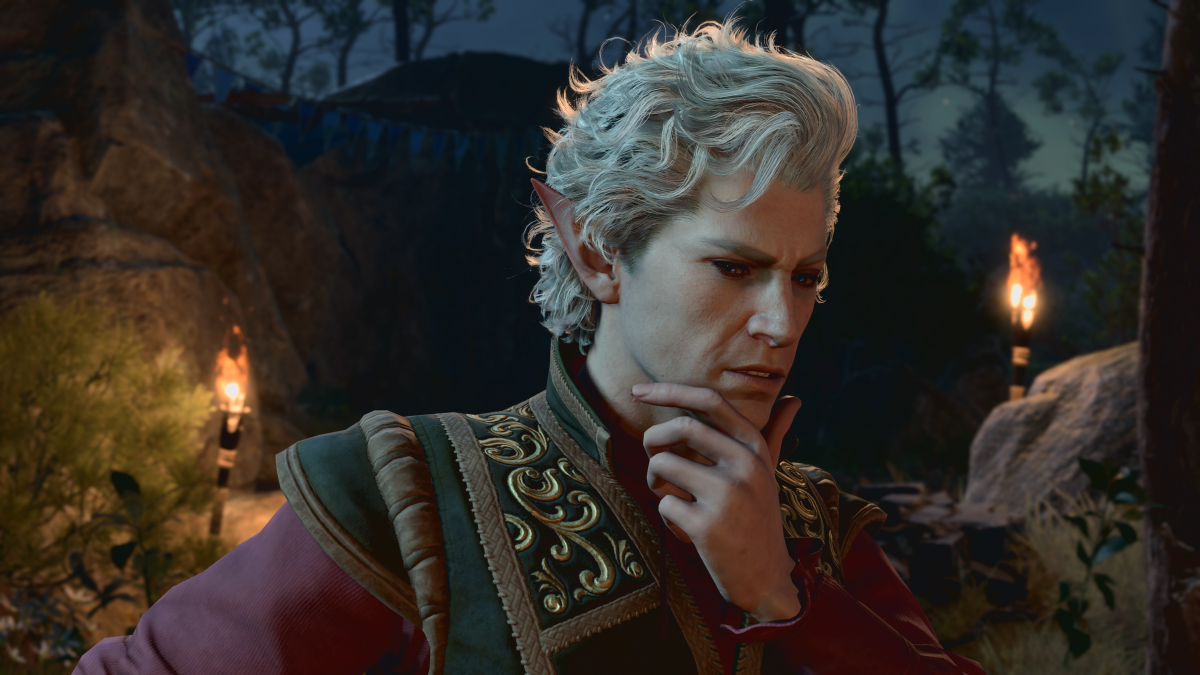

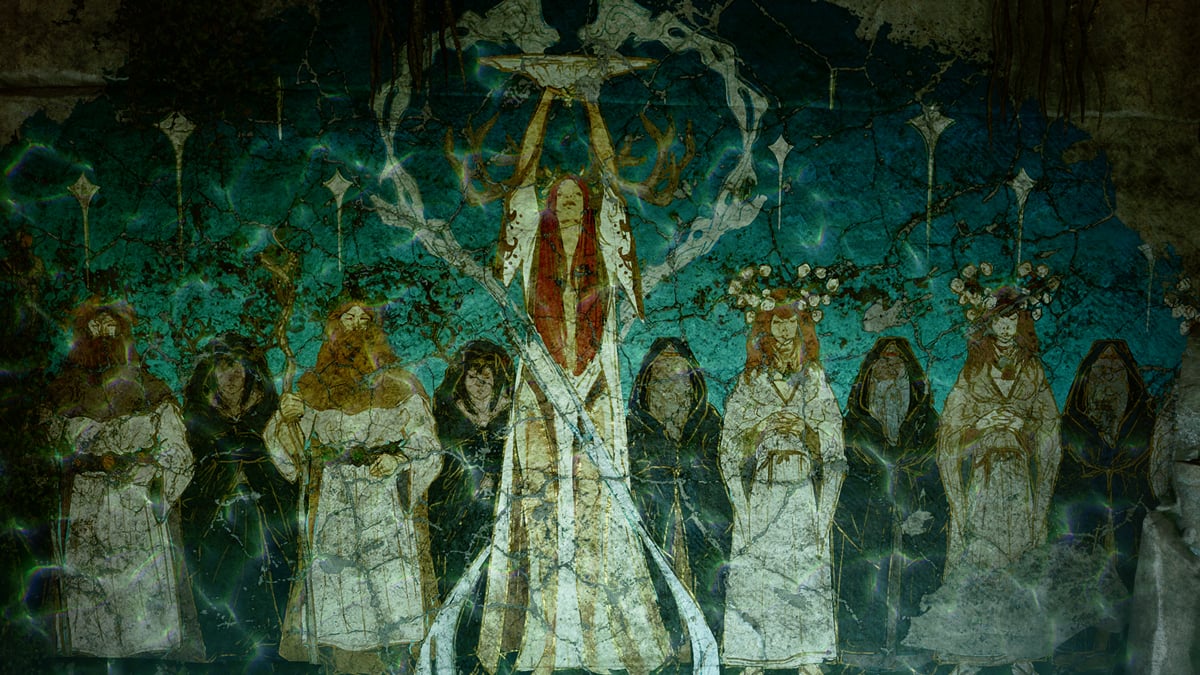
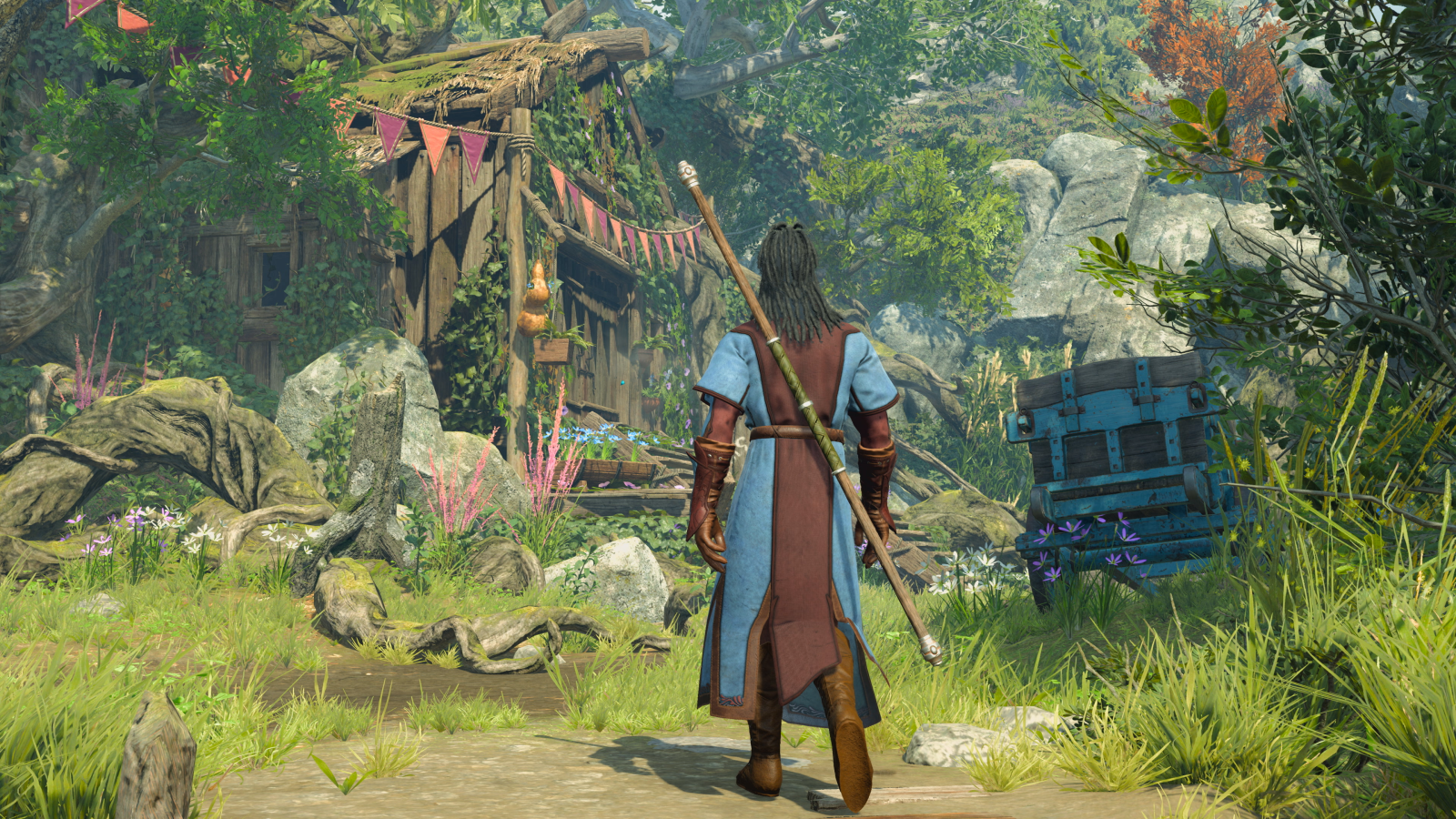
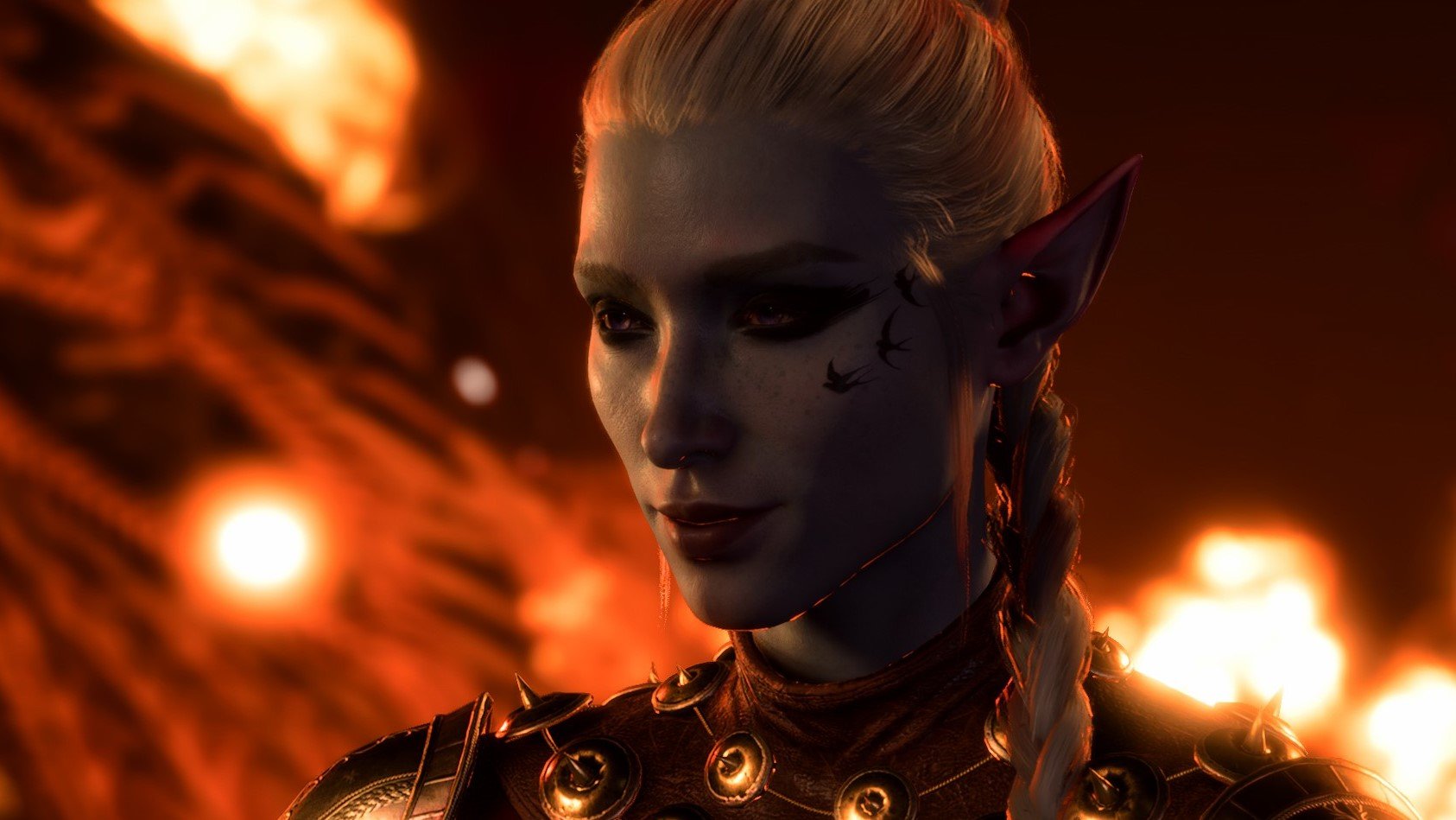
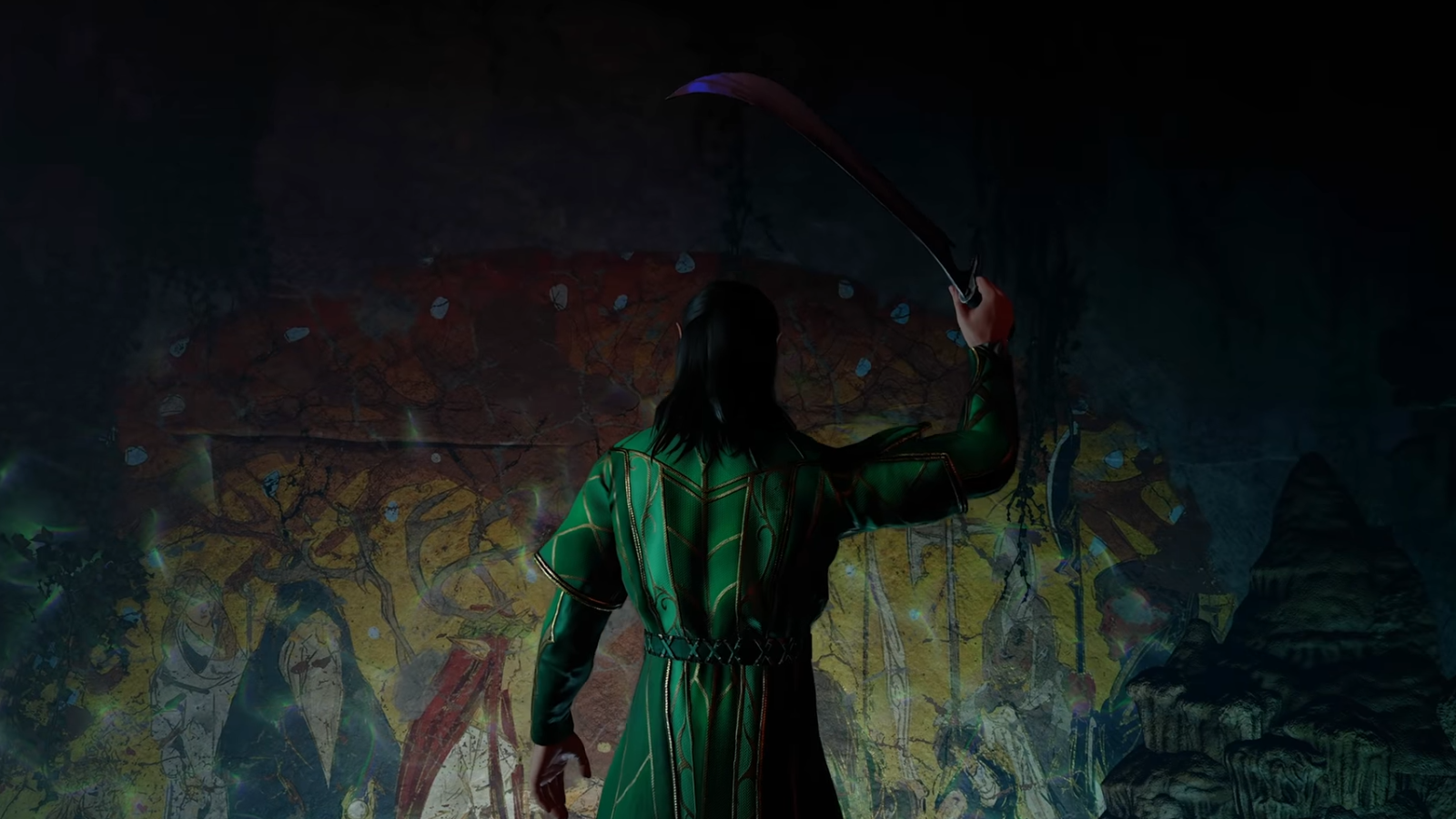
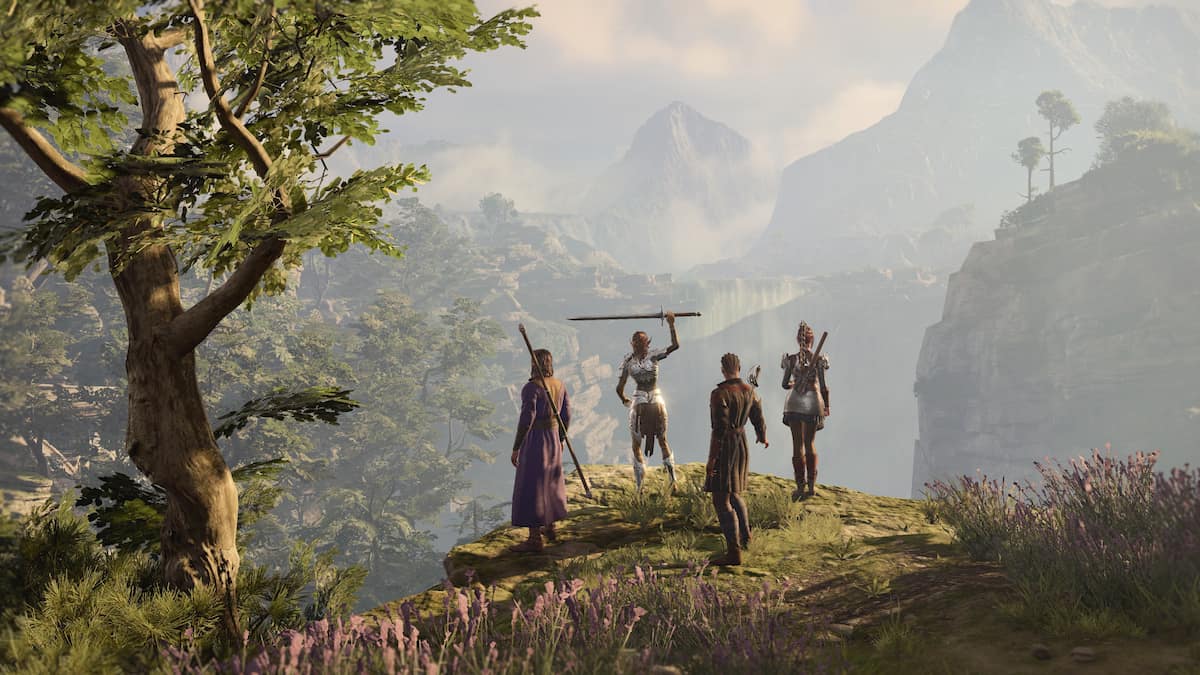

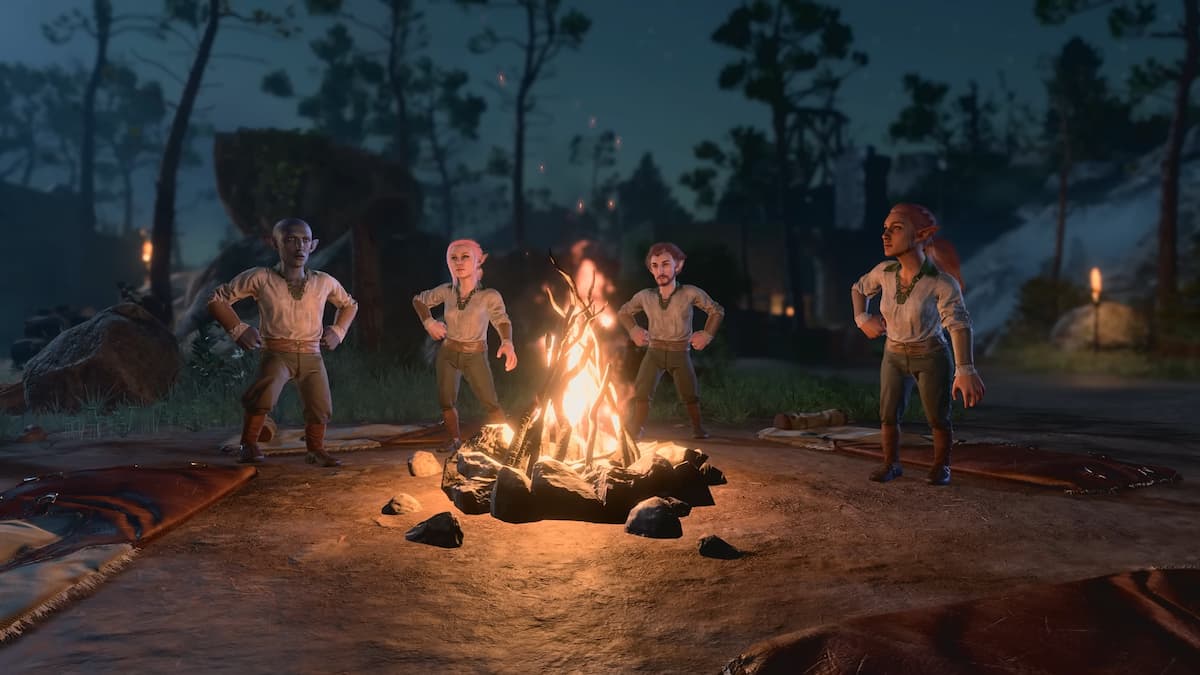


Published: Aug 12, 2023 02:20 am